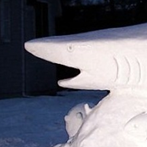
Snow shark
Check out this incredible snow sculpture by Fran Volz. You can see more of his work here.…... Read more.
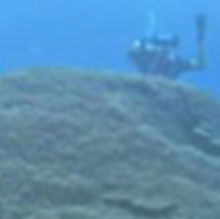
Protecting American Samoa’s island of giants
In partnership with the Samoan people, NOAA has just announced the establishment of a new National Marine Sanctuary in American Samoa. Fagatele Bay in American... Read more.
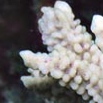
A short tale and thoughts on how hardy corals really are
A few weeks ago the Hawaiian Islands were hit with a series of major storms. These caused substantial flooding in many parts of the state. For example, Lihue on... Read more.
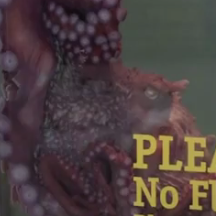
Breakthrough in octopus communication
Education researchers at Oregon Sea Grant’s Free-Choice Learning Lab, housed at Oregon State University’s Hatfield Marine Science Center (HMSC), have... Read more.

Banning aquarium fishing in Hawai’i, or how good ideas go astray
For the Fishes is an advocacy group based here in Hawai’i that has been one of the leaders in the movement to ban fishing for the aquarium trade in the Hawaiian... Read more.

Old seagrass…really, really old seagrass
Some organisms are able to reproduce asexually through fragmentation. A familiar example is most corals which you can slice, dice, and fricassee and still... Read more.

Hold your breath!
I’m a Ph.D. candidate at the University of Hawai’i at Mānoa and my dissertation work asks questions about how corals react to lower pH (associated with... Read more.
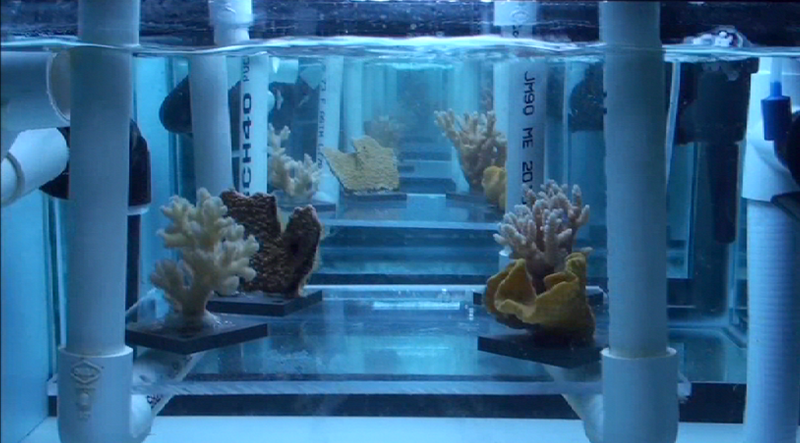
4Coral Research Group makes a splash in Ohio
A team of scientists from Ohio State University, the University of Delaware, the University of Georgia, and professional aquarists at Reef Systems Coral Farm,... Read more.

Shocker, Hawaiian coral reefs are worth more to people than the NFL!
How much are Hawai‘i’s coral reefs worth to you, and how much would you be willing to invest to protect and restore them? A recent survey commissioned by the... Read more.
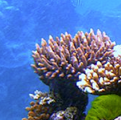
Coral reef responses to climate change and ocean acidification: One size doesn’t fit all!
Coral reefs are by far the most diverse marine ecosystems, housing about a quarter of all marine species, though they occupy only 284,000 km2—a mere 0.08% of the... Read more.

